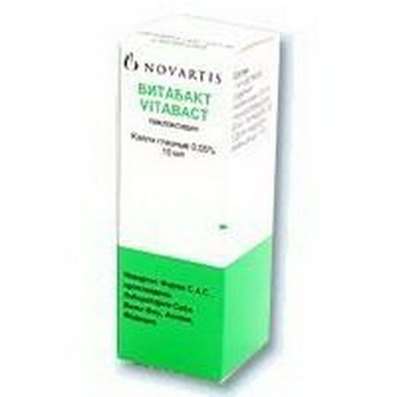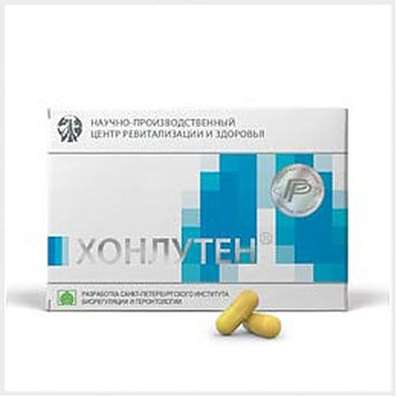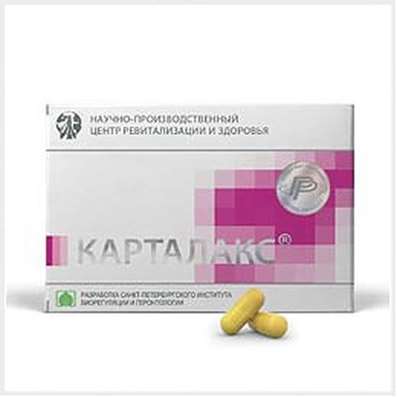Instruction for use: Mezapam
I want this, give me price
Dosage form: substance-powder; tablets
Active substance: Medazepam*
ATX
N05BA03 Medazepam
Pharmacological group:
Anxiolytics
The nosological classification (ICD-10)
F10.3 Abstinence: Alcohol withdrawal syndrome; Abstinence syndrome; Abstinence syndrome with alcoholism; Abstinence; Alcohol abstinence; Alcohol withdrawal status; Alcohol withdrawal syndrome; Postabstinctive disorder; Post-abstinence condition; Hangover syndrome; Abstinence syndrome; Alcohol abstinence syndrome; Alcohol withdrawal syndrome; Abstinence condition
F41.9 Anxiety disorder, unspecified: Neurotic disorders with anxiety syndrome; Severe anxiety; Neuro-like symptomatology; Neuro-like disorders; Neuro-like conditions; Neuroses with anxiety symptoms; Neuroses with a sense of anxiety; Acute situational and stress anxiety; Acute attack of anxiety; Severe Anxiety; Situational Anxiety Disorder; State of anxiety; Anxious and delusional component; Alarming state; Anxiety; Anxiety Disorders; Anxiety syndrome; Sense of anxiety; Alarm conditions; Chronic neurotic anxiety; Susto; Psychopathy with a predominance of anxiety and anxiety; Anxiety disorders in neurotic and neurosis-like states; Anxious neuroses; Anxious and delusional state; Acute situational stress alarm; Depressed mood with elements of anxiety
F45 Somatoform disorders: Psychosomatic disorder; Psychosomatic disorders; Psychosomatic diseases; The state of excitement in somatic diseases; Functional psychosomatic disorders of the cardiovascular system
F48.9 Neurotic disorder, unspecified: Neurosis; Secondary neurotic symptom; Other neurotic conditions; Neurosis with increased irritability; Neuroses; Neuroses of all kinds; Neuroses with retardation; Neuroses of the heart; Neurotic disorders in alcoholism; Neurotic disorders with retardation; Neurotic disorders with anxiety syndrome; Neurotic reactions; Neurotic symptoms with alcoholism; Neurotic states; Neurotic syndrome; Neurotic disorder; Attack of neurological dysfunction; School neurosis; Emotional Stress
F60.3 Emotionally unstable personality disorder: Mood swings; Mental lability; Emotional fence; Emotional detachment; Mood Change; Lability of mood; Instability of emotional background; Mixed emotional disorders; The state of emotional stress; Emotional lability; Emotional tension; Emotional instability; Emotional instability; Mood disturbance; Mood disorders; Decreased mood; Deterioration of mood; Mood swings
G90 Disorders of autonomic [autonomous] nervous system: angiodystonia; vasovegetative manifestations; vasomotor dystonia; vegetative dystonia; autonomic dysfunction; vegetative lability; Vegetative-vascular disorders; autonomic dysfunction; vasoneurosis; Vegetative-vascular dystonia; vegetative-vascular disorders; Vegetative-vascular disorders; Dystonia vegetovascular; Dystonia neurocirculatory; neuro disorder; Cardiopsychoneurosis; Neurocirculatory dystonia of hypertensive type; Primary neurovegetative syndrome; The syndrome of vegetative dystonia
R45.1 Anxiety and agitation: Agitation; Anxiety; Explosive excitability; Internal stimulation; Excitability; Excitation; Excitation acute; Psychomotor agitation; Hyperexcitability; Motor excitement; Cessation of psychomotor agitation; Nervous excitement; Restlessness; Night trouble; Acute stage of schizophrenia with excitation; Acute mental agitation; Paroxysm of excitation; Overexcitation; Increased excitability; Increased nervous excitability; Increased emotional and cardiac excitability; Increased agitation; Mental arousal; Psychomotor agitation; Psychomotor agitation in psychoses; Psychomotor agitation of an epileptic nature; Psychomotor paroxysm; Psychomotor fit; Symptoms of excitation; Symptoms of psychomotor agitation; The state of agitation; A state of anxiety; Excitation status; A state of heightened concern; The state of psychomotor agitation; Conditions of anxiety; Excitation conditions; The state of excitement in somatic diseases; Excitation level; Feelings of anxiety; Emotional arousal
Composition
Tablets 1 table.
active substance: mezapam 10 mg
Auxiliary substances: lactose monohydrate (sugar milk) - 69 mg; potato starch - 20 mg; Calcium stearate (calcium stearic acid) - 1 mg
Pharmachologic effect
Mode of action - anxiolytic, sedative.
Dosing and Administration
Inside, before meals, doses are selected individually.
With neurotic and neurosis-like disorders 2-3 times a day, the initial single dose - 10 mg, the initial daily dose - 20 mg, gradually increase the dose to 30 mg / day (if necessary - up to 40 mg / day); at psychosomatic and vegetative disorders - from 20 to 40 mg / day (on the average - 30 mg, 1 tablet 3 times a day). At treatment of an alcoholic abstinent syndrome appoint 30 mg / sut within 1-2 weeks. For adults, the average single dose is 10-20 mg. The average daily dose is 30-40 mg. The maximum daily intake for adults is 40 mg (on an outpatient basis) and 60-70 mg (in a hospital setting). The duration of the course of treatment is set individually, on average no more than 2 months, a second course after a break (at least 3 weeks). The elderly and adolescents are prescribed 10-20 mg / day.
Release form
Tablets, 10 mg. In outline cell packs of 10 tab. Or in a bank of light-protective glass or a polymer tablet. 5 contour mesh packages or 1 jar are placed in a cardboard box.
Terms of leave from pharmacies
On prescription.
Storage conditions of the drug Mezapam
In the dark place at a temperature of no higher than 30 ° C. List III of the list of narcotic drugs, psychotropic substances and their precursors subject to control in the Russian Federation
Keep out of the reach of children.
Shelf life of the drug Mezapam
5 years.
Do not use after the expiry date printed on the package.

 Cart
Cart





